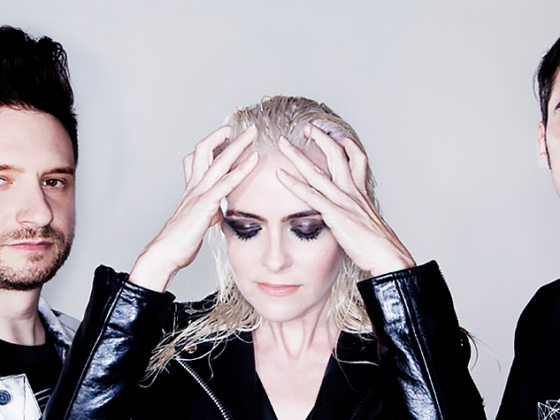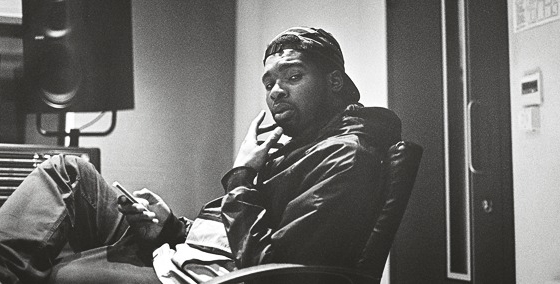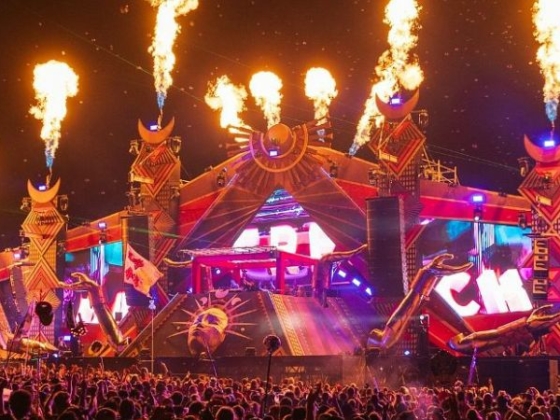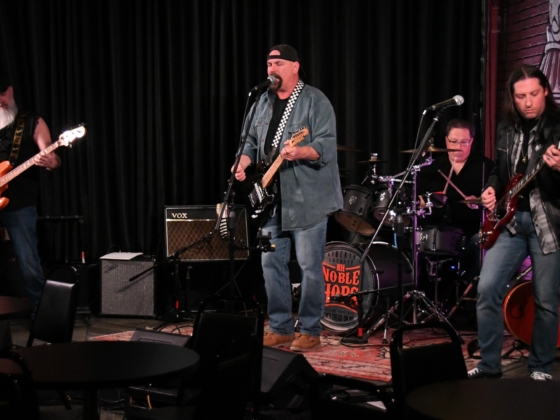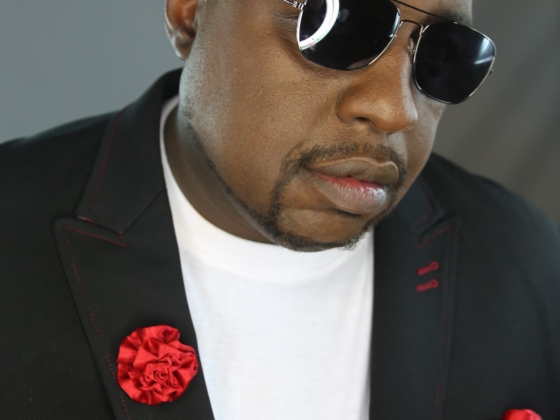What's hanging dudes? Welcome to 1997. Things are totally wicked right now. That football star OJ Simpson was found liable for murdering Ron Goldman & Nicole Simpson, some far out guys in Scotland cloned a sheep, and we had to pour one out for our fallen soldier, Christopher "Biggie" Wallace. Even after his death he had plenty of records climbing up the charts. So sit back, relax and take notes while we take tokes and groove down the 1997 nostalgia road.
- I Believe I Can Fly – R Kelly
[youtube]https://www.youtube.com/watch?v=GIQn8pab8Vc[/youtube]On the charts: Hot R&B/Hip-hop: Jan 4 – Jan 18 & Feb 1
Who Sampled It: Smokin Aladdin – Dun Deal, Young Thug, Rome Fortune
[soundcloud url="https://api.soundcloud.com/tracks/150851162" params="auto_play=false&hide_related=false&show_comments=true&show_user=true&show_reposts=false&visual=true" width="100%" height="166" iframe="true" /] - Wannabe – Spice Girls
[youtube]https://www.youtube.com/watch?v=gJLIiF15wjQ[/youtube]On the charts: Feb 22nd – March 15
Who Sampled It: Drippy Dolphin – ~Oooops~
[soundcloud url="https://api.soundcloud.com/tracks/135822560" params="auto_play=false&hide_related=false&show_comments=true&show_user=true&show_reposts=false&visual=true" width="100%" height="166" iframe="true" /]Intro-Inspection – Osymyso
[soundcloud url="https://api.soundcloud.com/tracks/1933470" params="auto_play=false&hide_related=false&show_comments=true&show_user=true&show_reposts=false&visual=true" width="100%" height="166" iframe="true" /] - On & On – Erykah Badu
[youtube]https://www.youtube.com/watch?v=-CPCs7vVz6s[/youtube]On the charts: Hot R&B/Hip-Hop Charts: Feb 8 – Feb 15
Who Sampled It: On Me – The Game ft. Kenrick Lamar
[soundcloud url="https://api.soundcloud.com/tracks/239014866" params="auto_play=false&hide_related=false&show_comments=true&show_user=true&show_reposts=false&visual=true" width="100%" height="166" iframe="true" /]Second Hand Smoke – Natural Elements
[soundcloud url="https://api.soundcloud.com/tracks/103318806" params="auto_play=false&hide_related=false&show_comments=true&show_user=true&show_reposts=false&visual=true" width="100%" height="166" iframe="true" /]On & On – Booty Fade remix
[soundcloud url="https://api.soundcloud.com/tracks/100957607" params="auto_play=false&hide_related=false&show_comments=true&show_user=true&show_reposts=false&visual=true" width="100%" height="166" iframe="true" /] - In My Bed – Dru Hill
[youtube]https://www.youtube.com/watch?v=_Ixip0K2r10[/youtube]On the charts: Hot R&B/Hip-hop: Feb 22 – March 1 & April 19
Who Sampled It: In My Bed – Wizkid
[soundcloud url="https://api.soundcloud.com/tracks/168209430" params="auto_play=false&hide_related=false&show_comments=true&show_user=true&show_reposts=false&visual=true" width="100%" height="166" iframe="true" /]In My Bed – So So Def remix
[soundcloud url="https://api.soundcloud.com/tracks/143259989" params="auto_play=false&hide_related=false&show_comments=true&show_user=true&show_reposts=false&visual=true" width="100%" height="166" iframe="true" /]
- Don't Speak – No Doubt
[youtube]https://www.youtube.com/watch?v=TR3Vdo5etCQ[/youtube]On the charts: Radio Charts: Feb 1 – April 5
Who Sampled It: War & Peace – Ice Cube (fyi – this isn't the original, you can hear it here, but the beat is the same.)
[soundcloud url="https://api.soundcloud.com/tracks/145235388" params="auto_play=false&hide_related=false&show_comments=true&show_user=true&show_reposts=false&visual=true" width="100%" height="166" iframe="true" /]Tara – Skizzy Mars
[soundcloud url="https://api.soundcloud.com/tracks/145501682" params="auto_play=false&hide_related=false&show_comments=true&show_user=true&show_reposts=false&visual=true" width="100%" height="166" iframe="true" /]Dedicated – Rakim
[soundcloud url="https://api.soundcloud.com/tracks/25906145" params="auto_play=false&hide_related=false&show_comments=true&show_user=true&show_reposts=false&visual=true" width="100%" height="166 iframe="true" /]
- Can't Nobody Hold Me Down – Puff Daddy (Featuring Mase)
[youtube]https://www.youtube.com/watch?v=NmHMcKN8xlI[/youtube]On the charts: March 22 – April 26
Contains Samples Of: The Message – Grandmaster Flash and the Furious Five
[soundcloud url="https://api.soundcloud.com/tracks/73115582" params="auto_play=false&hide_related=false&show_comments=true&show_user=true&show_reposts=false&visual=true" width="100%" height="166" iframe="true" /]Lyrics / hook from Break My Stride – Matthew Wilder
[soundcloud url="https://api.soundcloud.com/tracks/52209180" params="auto_play=false&hide_related=false&show_comments=true&show_user=true&show_reposts=false&visual=true" width="100%" height="155" iframe="true" /] - Hypnotize – The Notorious B.I.G.
[youtube]https://www.youtube.com/watch?v=glEiPXAYE-U[/youtube]On the charts: May 3 – May 17
Who Sampled It: DKNY – Yellow Claw
[soundcloud url="https://api.soundcloud.com/tracks/164855396" params="auto_play=false&hide_related=false&show_comments=true&show_user=true&show_reposts=false&visual=true" width="100%" height="166" iframe="true" /]You Got It – J. Cole ft. Wale (samples lyrics at :17)
[soundcloud url="https://api.soundcloud.com/tracks/6977799" params="auto_play=false&hide_related=false&show_comments=true&show_user=true&show_reposts=false&visual=true" width="100%" height="166" iframe="true" /]Friday Night – Girl Talk
[soundcloud url="https://api.soundcloud.com/tracks/156198335" params="auto_play=false&hide_related=false&show_comments=true&show_user=true&show_reposts=false&visual=true" width="100%" height="166" iframe="true" /]
- I'll Be Missing You – Puff Daddy & Faith Evans Featuring 112
[youtube]https://www.youtube.com/watch?v=mM0-ZU8njdo[/youtube]On the charts: June 14 – August 23rd
Contains A Sample Of: Every Breath You Take – The Police
[soundcloud url="https://api.soundcloud.com/tracks/163591072" params="auto_play=false&hide_related=false&show_comments=true&show_user=true&show_reposts=false&visual=true" width="100%" height="166" iframe="true" /]
- Mo Money Mo Problems – The Notorious B.I.G. Featuring Puff Daddy & Mase
[youtube]https://www.youtube.com/watch?v=gUhRKVIjJtw[/youtube]On the charts: August 3rd – September 26
Who Sampled It: I'm Cumin – Nicki Minaj
[soundcloud url="https://api.soundcloud.com/tracks/4717489" params="auto_play=false&hide_related=false&show_comments=true&show_user=true&show_reposts=false&visual=true" width="100%" height="166" iframe="true" /]Yeah vs. Mo Money Mo Problems – Matoma Remix
[soundcloud url="https://api.soundcloud.com/tracks/147388509" params="auto_play=false&hide_related=false&show_comments=true&show_user=true&show_reposts=false&visual=true" width="100%" height="166" iframe="true" /] - Honey – Mariah Carey
[youtube]https://www.youtube.com/watch?v=w3KOowB4k_k[/youtube]On the charts: September 13 – September 27
Contains A Sample Of: Hey DJ – The World Famous Supreme Team
[soundcloud url="https://api.soundcloud.com/tracks/119790716" params="auto_play=false&hide_related=false&show_comments=true&show_user=true&show_reposts=false&visual=true" width="100%" height="166" iframe="true" /]
Alright you cool cats. Thanks for stepping into 1997 with us. Go rewatch the scene in Titanic where Jack draws rose naked and remember how it made you feel when you were 14. We'll see you in 1996 where we'll feel a whole lotta California Love.


